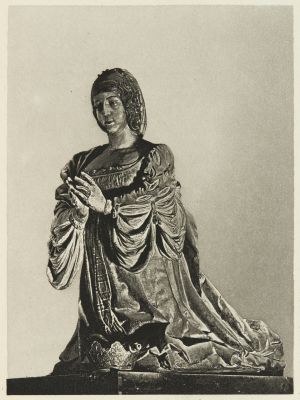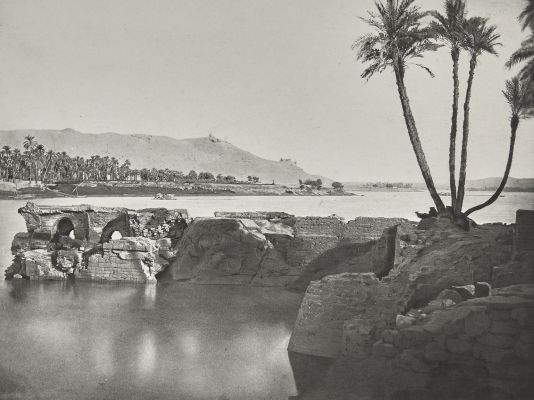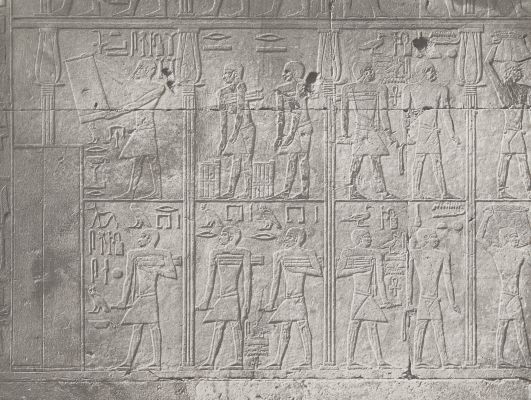
Title
Machine à laminer de l’arsenalArtist
Unknown (French)Date
1865 caProcess
CollotypeAtelier
Tessié Du Motay et MaréchalImage Size
18.4 x 11.9 cm
This early test from the archive of André Jammes has yet to be identified. Please reach out if you can supply any information regarding the proccess, the artist or the subject matter. It this point, I believe it is an early collotye possibly by Tessié Du Motay et Maréchal. In 1865 Tessie du Motay et Marechal demonstrated their modification of the collotype process using a copper plate as the substrate for a gelatin collotype matrix. The writing on the mount of this image says "Eprevue aux encres grasses imprimée sur plaque de cuivre gelatine" [Test of greasy inks on a copper gelatin plate.]
Collotypes were widely used for commercial applications, such as reproducing photographs of machinery and other products for trade catalogues and advertising, offering a more truthful rendering of goods for sale than a more interpretive drawing or wood engraving would provide thus it makes sense that a collotype test would have as its subject a modern machine.
Collotypes were made as early as the 1860s, barely twenty years after photography was invented, and the process was well established in France by the mid-1880s. Commercial collotype died in the 1960s. The process was complicated, terribly unpredictable, and erratic at best. Collotype presses were huge, holding a flat glass printing plate on a massive bed that ran on steel rollers, like a railway truck. The bed moved beneath a set of ink rollers and then under a cylinder big enough to hold the large sheet used for book work. The paper wrapped around this cylinder came into direct contact with the printing plate, and the ink was transferred in a single impression. This arrangement—of the paper directly meeting the plate—was the weak link in collotype, because it was a lithographic process, using a moist plate, and the dampness striking the paper inevitably changed the paper’s dimensions. This doomed collotype to be a single-impression process, since the sheets could never dependably be registered for multiple impressions. We find some color collotype, but it is rare, and almost never in perfect register. The old-timers who printed collotype used to say that the way to do a fine limited edition in the process was to print twice as many sheets as needed, spread them out on the floor, and pick out the best ones. There was some truth in this: because collotype plates were dampened manually during the printing, the tone of the impressions varied from sheet to sheet. [1]
References
[1] Benson, Richard The Printed Picture (New York: The Museum of Modern Art, 2008).











